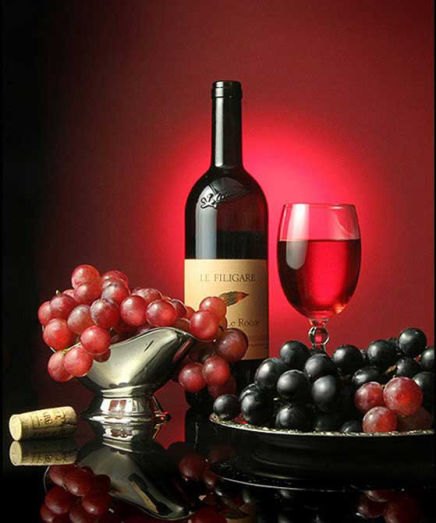The grape has to travel a long way before it appears as wine in a clean, dry glass. In order to experience all of its many properties, we will need several of our sensing organs. First, our eyes will make contact with the wine. When pouring it into the glass, we may admire its movement, its bubbles.
It is practical to view the colour of the wine in front of a white background. Some characteristic wine colours inclue:
– White wines:
silver white, greenish white, yellowish green, light greenish yellow, light yellow, straw yellow, golden yellow, greenish gold, red gold, tea colour, amber, brown.
– Rose wines:
Grey, silky rose, onion, faint red, light red, light purplish red.
– Red wines
Red, purple, ruby red, garnet red, cherry red, bluish red, black red, dark cherry colour.
